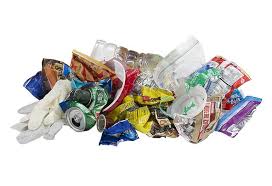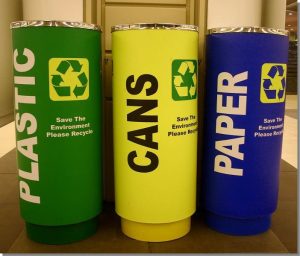
We’ve all heard it before, right? So why is it so important to actually implement these three strategies in the workplace, and how can it benefit your workplace?
Conservation, whether at home, school, or in your workplace, is a vital part of keeping our earth livable for future generations. Conserving in the workplace not only benefits our planet but reduces your organization’s overhead, which can allow funds to be redistributed to better uses.
Check out how long it takes for these products to decompose in the environment:
- Aluminum soda cans: 200-500 years
- Plastic bags: 1,000 years
- Glass: 1 to 2 million years
- Styrofoam: Over 2 million years
Reduce waste by making smart decisions when purchasing products, including the packaging of the products you use. Purchase recycled products whenever possible.
Reuse containers and products.
Recycle as much as possible, anything from paper products, plastics, Styrofoam, and even electronics.
Lighting and computers represent two of the biggest drains on electricity. Research tells us that approximately 30% of an office’s energy usage goes to lighting alone. In addition, the average office worker uses 12,000 sheets of paper each year?
 Here are some simple ways that you can contribute to conservation within your workplace:
Here are some simple ways that you can contribute to conservation within your workplace:
- Replace incandescent lights with compact fluorescent or LED lights. This can save up to 50% on lighting costs!
- Turn off all lights when you leave at night, and install motion detention switches.
- Close or adjust window blinds to block direct sunlight to reduce cooling needs during the warm months.
- Unplug equipment that drains energy when not in use, such as coffeemakers, radios, fans, and desktop printers.
- Turn off computer monitors at the end of the work day.
- Save paper by only photocopying what you need and transition as possible to electronic filing. Always use the second side of paper.
- Send an email instead of sending a letter when you can.
- Use glasses & coffee mugs instead of disposable cups.
- Carpool, bike or use mass transit when commuting to work.



















